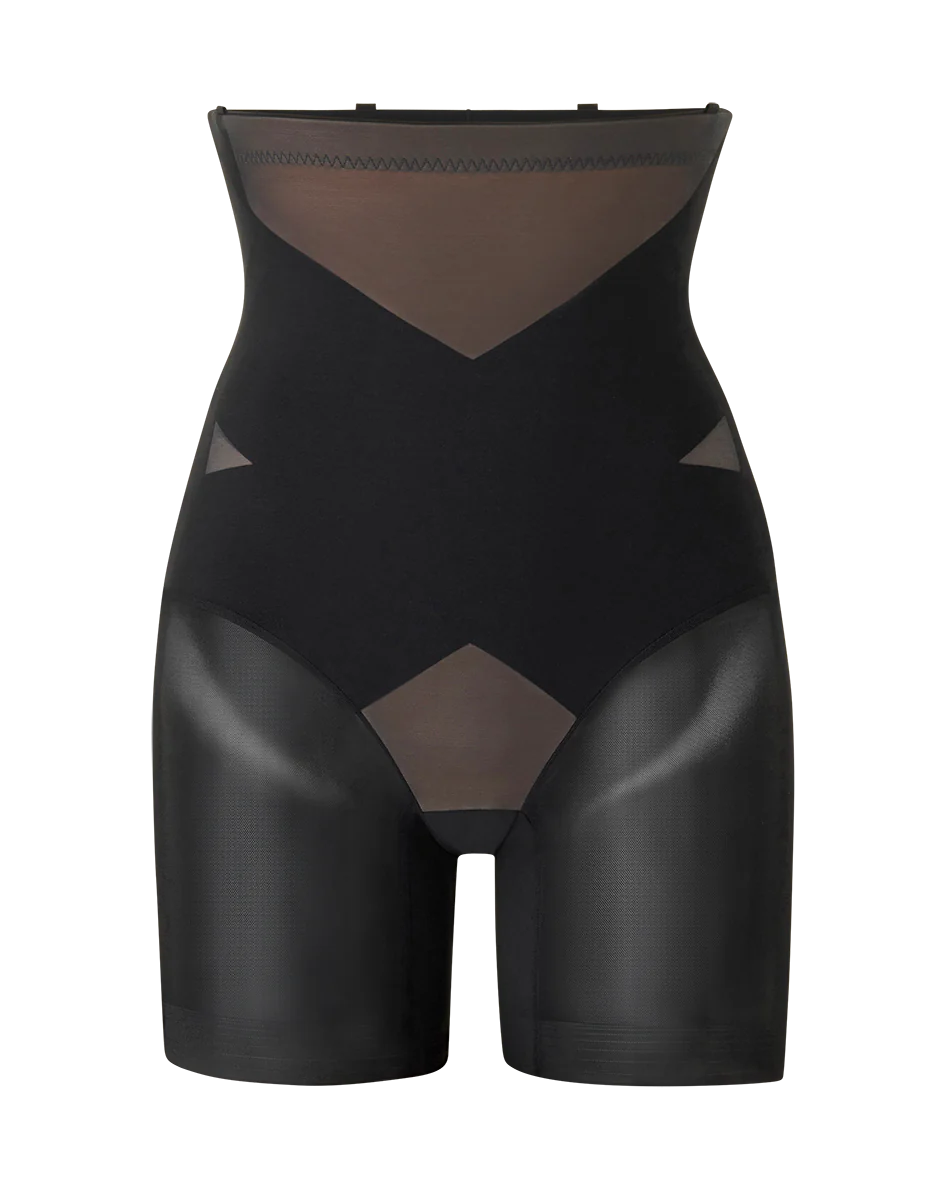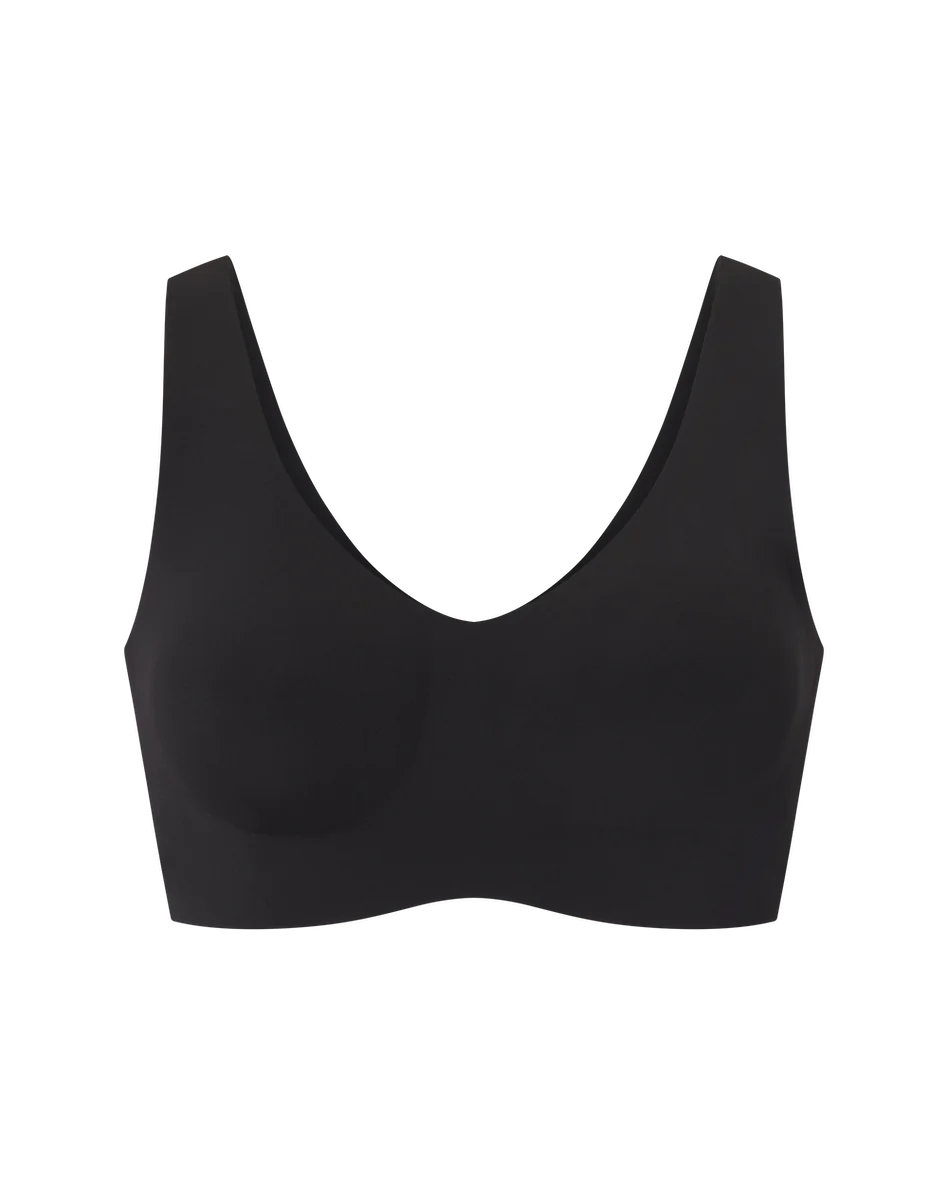Best Bras for Sagging Breasts + Why Breasts Sag
25 March 2025
by Sophie Weiss

Why do breasts sag?
Breasts are made of ligaments and connective tissue — not muscle. This means, when it comes to breast ptosis (the technical name for breast sagging), we’re at the mercy of things like the elasticity of our tissues and ligaments, how old we are, and genetics. Events like pregnancy and rapid weight loss can also have an impact.
However, it’s not all out of our control. Quitting smoking, strengthening the pectoral muscles behind your breasts, and wearing a supportive sports bra during high impact activity can all be effective prevention measures. That said, sagging is completely natural and does not have a negative impact on health. A healthy mix of preventative measures, finding the proper support, and learning to accept the body’s natural changes over time are all important parts of dealing with breast ptosis.

How to prevent breasts from sagging
While some sagging is genetic, a portion of ptosis can occur from excessive bounce and stretch. Over time, stretching of the skin can lengthen Cooper’s ligaments (the fibers that anchor breasts to the chest wall). When those ligaments lose their elasticity, you’re left with a sagging effect.

Larger breasts will naturally bounce and stretch more than smaller breasts, which is in part why bigger busts are at increased risk of sagging. And, of course, breasts are at their bounciest during a high intensity workout. Investing in a properly fitting and secure sports bra is a great way to slow the effect of sagging over time.
Preventative measures
- Exercising the pectoral (chest) muscles can help to give an overall lift to the breast position.
- Stay hydrated and drink plenty of water to maintain your skin’s elasticity.
- Maintain a healthy weight.
Things to avoid
- Wearing bralettes or other minimally supportive bras as everyday bras, especially if you have a larger chest size.
- Not wearing a properly supportive sports bra when exercising.
- Bad posture (leaning forward) can contribute to additional weight on the breasts and create more sag over time. Increasing your core strength can help here.
- Avoid smoking as this can speed up the aging process of skin and tissue, which some say can contribute to breast laxity over time.
Bra styles for sagging breasts
Though breast sagging is ultimately a natural part of owning boobs, the following bra styles can enhance a more relaxed breast shape:
- Balconette or demi cup
- The lower neckline shows off the volume achieved from the subtle lift in these bras, especially since it sits towards the bottom of the breast
- Push-up
- A light bump in the padding helps to boost the volume of the breast upwards for a more balanced appearance
- T-shirt
- A lightly padded T-shirt bra can provide a more rounded appearance to the breasts while providing a good natural lift
- Underwire
- Underwire bras provide good support and shaping for the breast, so a lightly padded bra with underwire will give a good natural lift to the sagging tissue and keep it in a natural looking shape
- Full Coverage
- With larger breast sizes being more prone to sagging, a full coverage bra offers a natural lift and coverage to avoid spillage. The additional coverage at the back and sides helps to provide all around support to lift the breast tissue into place.
In general, any bras with side support structure help to redistribute the breast tissue forward into a more natural perky shape.
Factors that can contribute to sagging breasts
- Aging
- Significant weight loss
- A larger cup size
- Multiple pregnancies
- A history of smoking
Aging
Age has a few implications on breast sagging. For starters, the longer you’ve been alive, the more time gravity has to weigh down on breasts. Hormonal changes come with age too, especially after menopause when the body decreases the amount of estrogen it produces. Less estrogen means a decrease in fat and decreased tissue elasticity, which can contribute to a more relaxed appearance.
Breast involution, one of the most well-known causes of drooping, can happen when the milk-producing part of a woman’s breast is no longer necessary. It can occur whether or not you actually become pregnant or breast feed. This is most commonly experienced post-weaning, directly after pregnancy if you do not nurse, or during menopause.
Significant weight loss
Heavier breast tissue will weigh down on skin. After significant fat loss, skin doesn’t always recoil, which can result in sagging.
A larger cup size
Women with larger breasts can experience increased stretching of the Cooper’s ligament, which happens thanks to our good friend gravity. In general, smaller breasts will experience less sagging.
Multiple pregnancies
Just like during rapid weight loss, a rapid change in breast size during pregnancy can impact breast ptosis. Breasts will become larger during pregnancy and will typically shrink either after pregnancy or after the baby is finished breast feeding. If a woman does not breast feed, that size decrease will happen more rapidly, which can have a bigger effect on breast sagging. During breastfeeding, that size change can occur more slowly, which may minimize the sagging effect.
Smoking
Smoking can negatively impact skin elasticity, and the tissues and ligaments in your breasts are not exempt. If you’re looking for a reason to quit or cut back on smoking, this is a great one to add to the list.
Myths
Myth #1: Not wearing a bra causes sagging breasts.
Truth: Sagging is caused by stretching of tissues and ligaments. Bouncing and excessive movement can stretch tissues and ligaments over time. Therefore, especially if you have a larger chest, a supportive daily bra and sports bra can minimize stretching over time. However, it’s not entirely correct to say that a lack of a bra is what causes breast ptosis.
Myth #2: Breastfeeding causes sagging breasts.
Truth: Rapid changes in breast size is what really impacts breast laxity. While breasts will generally shrink after pregnancy, breastfeeding can help slow down that change in size, which can decrease the effect of sagging.
Myth #3: Breast size stays constant throughout a woman’s lifetime.
Truth: Breasts are constantly changing! Weight changes, hormonal changes and pregnancy can all impact the size and shape of breasts.
Sophie Weiss
Sophie Weiss is a writer and bra expert based in Los Angeles.
Shop the story
CrossOver Bra
Wireless Bra
Honeylove's signature mesh details take this wireless bra to the next level. This wireless bra features a bonded cradle that replaces underwire for maximum comfort and support. A smoothing bra wing eliminates bulges at the back and underarm. Adjustable, convertible bra straps let you modify your fit. Premium four-way stretch fabric molds and expands to your shape.
Silhouette Bra
Wireless Bra
Flat, stretch silicone is coated in soft velvetine flocking for flexible support. This wireless bra features a bonded cradle that replaces underwire for maximum comfort and support. A smoothing bra wing eliminates bulges at the back and underarm. Raw cut, seamless bra construction disappears under clothes. Adjustable, convertible bra straps let you modify your fit.

































